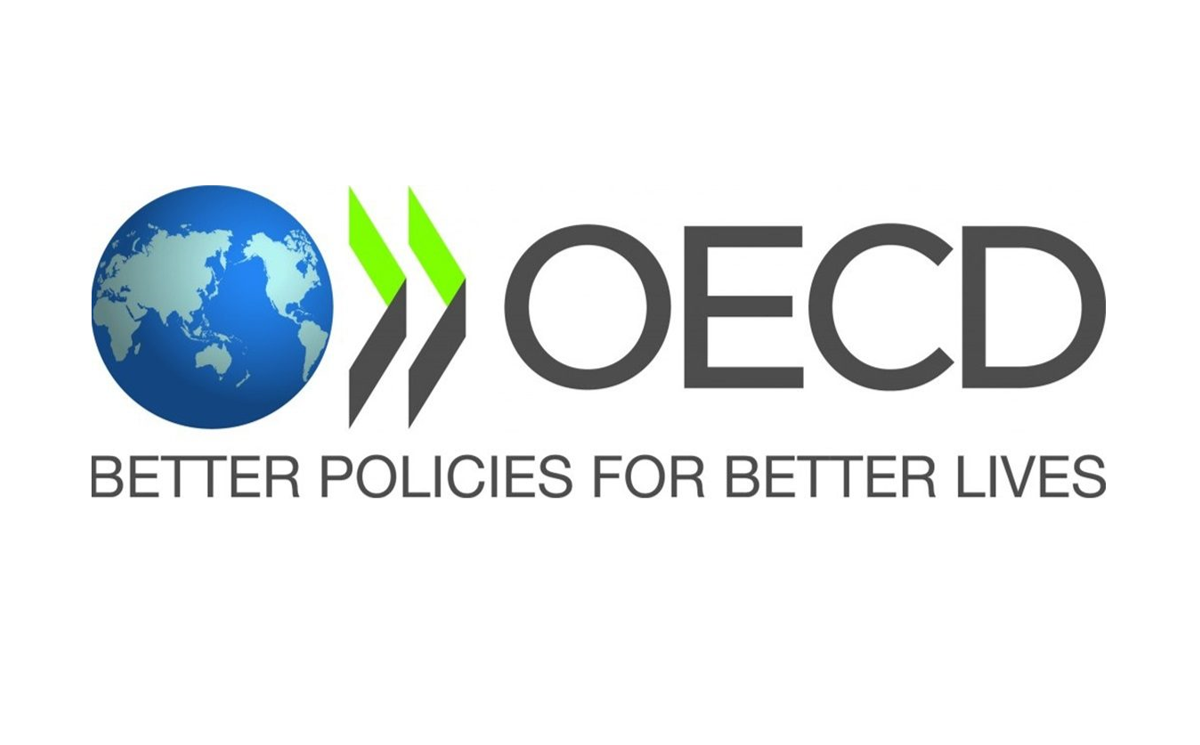
Resilient Global Economy Faces Growth and Inflation Challenges in 2023
Navigating Monetary Tightening, Geopolitical Tensions, and Emerging Market Risks
The global economy faced a tumultuous 2022, with growth at 3.2%—1.3 percentage points weaker than initially predicted by the December 2021 OECD Economic Outlook. The decline was primarily due to Russia's war in Ukraine, high inflation, increased interest rates, and continued disruptions in China. In response to these challenges, the world's largest economies have shown some signs of resilience and improvement in early 2023.
The US, for example, has demonstrated strong labor market resilience, countering the impacts of higher interest rates on private investments. Early 2023 indicators also reveal near-term growth prospects, with consumer confidence improving and enterprise survey indicators stabilizing or rebounding in all major regions.
China's reopening is expected to positively impact global activity, with a strong pick-up in January and February 2023, driven by pent-up household savings and a resumption of international travel. As a result, global air traffic and services trade will likely benefit, particularly in neighboring Asian economies.
However, core inflation remains stubbornly high despite a decline in headline inflation. This is due to strong cost pressures and, in some sectors, higher unit profits driving up prices. Low unemployment rates and high vacancy rates continue to exert upward pressure on nominal wage growth in most major economies.
The global economy is projected to grow at a below-trend rate in 2023-24, with inflation moderating as monetary policy tightening takes full effect. Although growth projections for 2023 have been revised upwards from the November 2022 OECD Economic Outlook, the benefits of lower commodity prices and China's reopening are expected to be short-lived.
Global GDP is projected to average 2.6% growth in 2023 and 2.9% in 2024, with most G20 economies expected to experience slower growth in 2023 compared to 2022. The exception is China, whose growth is expected to rebound to 5.3% in 2023 due to the easing of anti-COVID restrictions.
In the United States and Canada, inflation peaked in mid-2022, and monetary policy tightening began earlier than in many other advanced economies. US core inflation is projected to average around 4% in 2023 and 2.5% in 2024. By the end of 2024, both headline and core inflation in the US and Canada would be just above 2%. In Japan, headline inflation is projected to be below 2% by the end of 2023 and average 1.8% in 2024.
In the Euro area, annual headline inflation is projected to decrease from 8.4% in 2022 to 6.2% in 2023 and 3% in 2024. Euro area core inflation, which rose during 2022, is projected to average over 5% in 2023 before easing to 3% in 2024.
Emerging-market economies in the G20 are also projected to see gradual declines in inflation over the next two years. Major emerging Asian economies like China, India, and Indonesia are expected to experience low to moderate inflation rates in 2023-24. Inflation is projected to remain above target in Brazil and Mexico in 2023 but decline within the upper half of the inflation target band by the end of 2024, helped by early action taken to tighten monetary policy. South Africa is expected to see inflation moderate, dropping below 5% by 2024.
In terms of monetary policy, policy interest rates in the advanced economies are projected to peak at 5.25-5.5% in the United States, 4.75% in Canada, 4.25% in the Euro area, and the United Kingdom, and 4.1% in Australia in 2023. In Japan, an accommodative policy stance is assumed to be maintained, with gradual adjustments to the yield curve control framework to allow a steeper yield curve.
For emerging-market economies, tighter global financial conditions and persisting inflation pressures limit the room for policy maneuver. The frontloading of policy tightening in Brazil could allow some easing in policy interest rates from the latter half of 2023, with India, Indonesia, Mexico, and South Africa all starting to lower policy rates only in 2024.
Read More
-
Exxon Mobil Stock Price Forecast - XOM Rises to $118.05 as Bulls Target a Break Toward $120.81
22.12.2025 · TradingNEWS ArchiveStocks
-
XRP Price Forecast: $1.92 Support Faces $2 Barrier as XRP ETF Demand Builds and Whales Sell
22.12.2025 · TradingNEWS ArchiveCrypto
-
Oil Price Forecast: WTI (CL=F) at $57.8 and Brent (BZ=F) at $61.8 as U.S. Tightens Venezuela Blockade
22.12.2025 · TradingNEWS ArchiveCommodities
-
Stock Market Today: S&P 500 at 6,863 and Nasdaq 23,414 Climb as NVDA $183 Leads Tech; Gold Surges Past $4,454
22.12.2025 · TradingNEWS ArchiveMarkets
-
GBP/USD Price Forecast - Pound Surges to 1.3450 as UK GDP Holds Up—1.35 Now the Line
22.12.2025 · TradingNEWS ArchiveForex



















